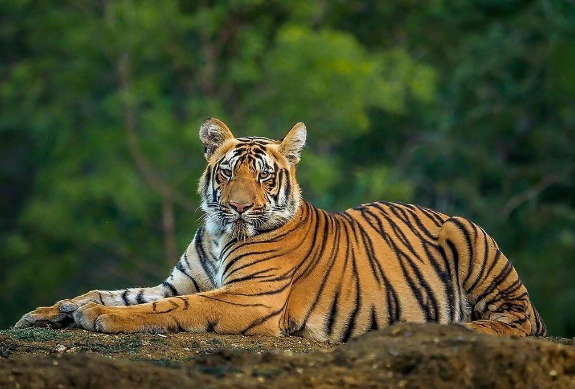The Bengal Royal Tiger: Majestic and Endangered
The Bengal royal tiger, often simply referred to as the Bengal tiger, is a symbol of beauty and strength. As the most numerous tiger subspecies, it holds a significant role in its ecosystem and cultural heritage. However, with decreasing numbers due to habitat loss and poaching, understanding the Bengal tiger is more crucial than ever.
Conservation Status and Threats
The Bengal tiger is classified as Endangered by the International Union for Conservation of Nature (IUCN). With an estimated population of around 2,000 to 2,500 individuals left in the wild, this magnificent creature faces threats from habitat destruction, human-wildlife conflict, and poaching. Urbanization and agriculture continue to encroach on their natural habitats, pushing tigers into smaller and more isolated areas. Conservation efforts are underway, but they require public awareness and support to be effective.
Habitat and Range
These majestic tigers primarily inhabit the dense forests, grasslands, and mangrove swamps of India, Bangladesh, Nepal, and Bhutan. The Sundarbans—one of the largest mangrove forests in the world—is home to a significant population of Bengal tigers. Their environment offers both prey and shelter, making it essential for their survival. However, as climate change affects these ecosystems, the future of the Bengal tiger hangs in the balance. Preserving these habitats is vital not only for the tigers but also for the biodiversity of the regions they inhabit.
Cultural Significance
The Bengal tiger has been an enduring symbol in various cultures, often representing power and grace in art, literature, and mythology. In addition to its cultural importance, the Bengal tiger serves as an umbrella species, meaning that its conservation indirectly benefits many other species in the ecosystem. This connection highlights how protecting the tiger helps maintain the health and balance of its environment, making every effort toward its conservation equally significant for the collective ecological community.
In conclusion, the Bengal royal tiger is more than just a beautiful animal; it is pivotal for ecological balance and holds deep cultural significance. As awareness grows, it is essential to support initiatives that seek to protect this magnificent creature. Whether through donations to wildlife conservation organizations or spreading awareness about their plight, every action counts. Join the effort to ensure these regal animals continue to roam our forests for generations to come.

